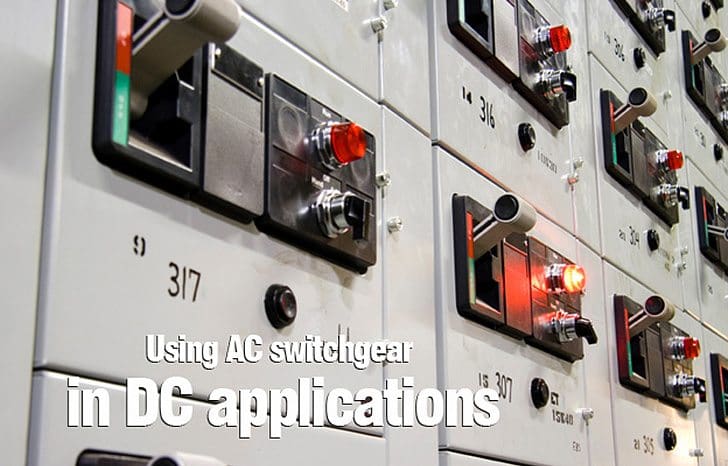
Skin effect
Switchgear designed for alternating current can carry at least the same rated continuous operational DC current. With direct current the skin effect in the circuits disappears and none of the specific effects associated with alternating currents such as hysteresis or eddy current losses occur.
DC devices that are operated at low voltage can be switched by AC switchgear without difficulty, as their direct current switching capacity at low voltages is practically the same as for alternating current.
By connecting two or three circuits in series (Figure 1) this limit can be raised to twice or three times the voltage.
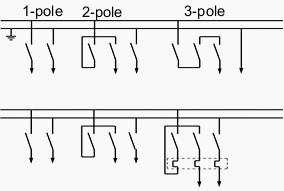
Where grounded power supplies are used (top graph) with loads switched on both sides, it should be noted that ground faults can lead to bridging of contacts and hence to a reduction in the breakable voltage.
The reason for the reduced switching capacity with DC compared with AC is the absence of the current zero crossover that with AC supports the quenching of the electric arc.
The electric arc in the contact system can continue to burn under larger direct voltages and thus destroy the switchgear. With direct voltages, the contact erosion and hence also the contact life span differ from those at alternating voltage. The attainable values for direct current are specifically tested and documented.
The energy stored in the inductance of the load must largely be dissipated in the form of an electric arc.
Hence with a strongly inductive load (large time constant L/R) the permissible switching capacity for the same electrical life span is smaller than with an ohmic load due to the much longer breaking times.
Overload release units
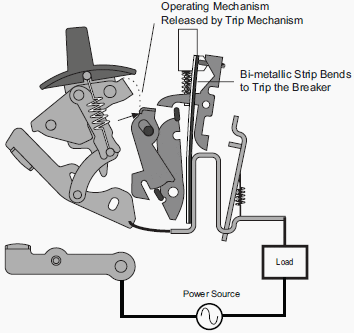
The reaction of bimetal strips heated by the operating current depends on the heat generated in the bimetal strips and intheir heating coil, if any.
This applies equally for alternating current and direct current.
With overload releases that are sensitive to phase failure, all three circuits should always be connected in series to prevent premature tripping.
Overload releases heated via current transformers are not suitable for direct current. Also electronic overload relays in most cases cannot be used in direct current applications as the current is measured via current transformers and their functionality is tailored to alternating current.
Short-circuit releases
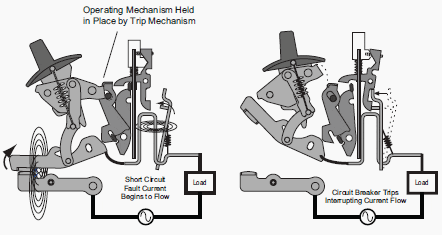
Electromagnetic overcurrent releases can be used with direct current. However the tripping threshold current is somewhat higher than with alternating current.
Undervoltage and shunt-trip releases
Undervoltage and shunt-trip releases operate with magnet circuits. Special designs are required for direct voltage.
Resource: Allen Bradley – Low Voltage Switchgear and Controlgear
Copyright Notice
This technical article is protected by U.S. and international copyright laws. Reproduction and distribution of PDF version of this technical article to websites such as Linkedin, Scribd, Facebook and others without written permission of the sponsor is illegal and strictly prohibited.© EEP-Electrical Engineering Portal.
Related electrical guides & articles
Premium Membership
Edvard Csanyi
Hi, I'm an electrical engineer, programmer and founder of EEP - Electrical Engineering Portal. I worked twelve years at Schneider Electric in the position of technical support for low- and medium-voltage projects and the design of busbar trunking systems.I'm highly specialized in the design of LV/MV switchgear and low-voltage, high-power busbar trunking (<6300A) in substations, commercial buildings and industry facilities. I'm also a professional in AutoCAD programming.
Profile: Edvard Csanyi








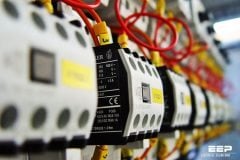
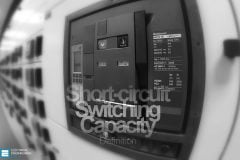

hi ,
thanks for your information in eep
hi, i want to ask you for one question: Why AC contactors cannot be used for DC applications?